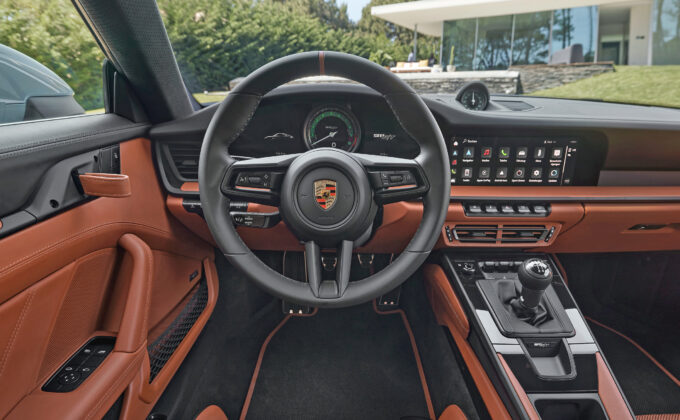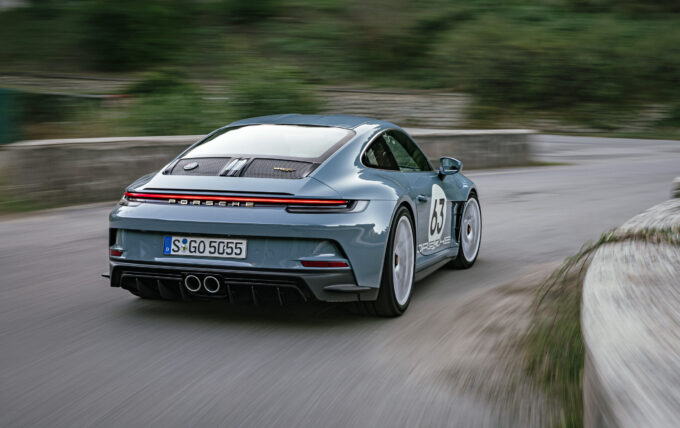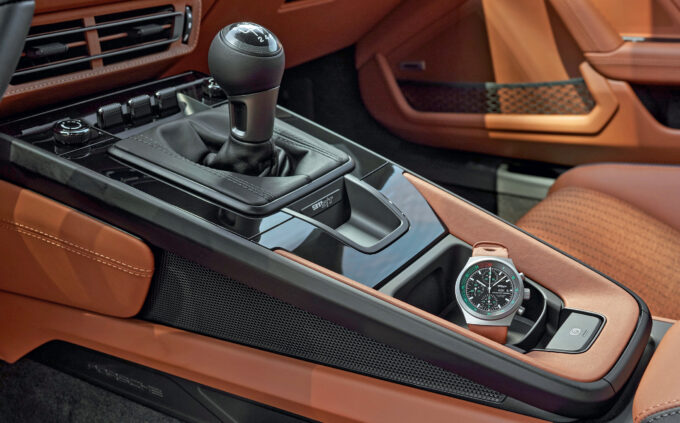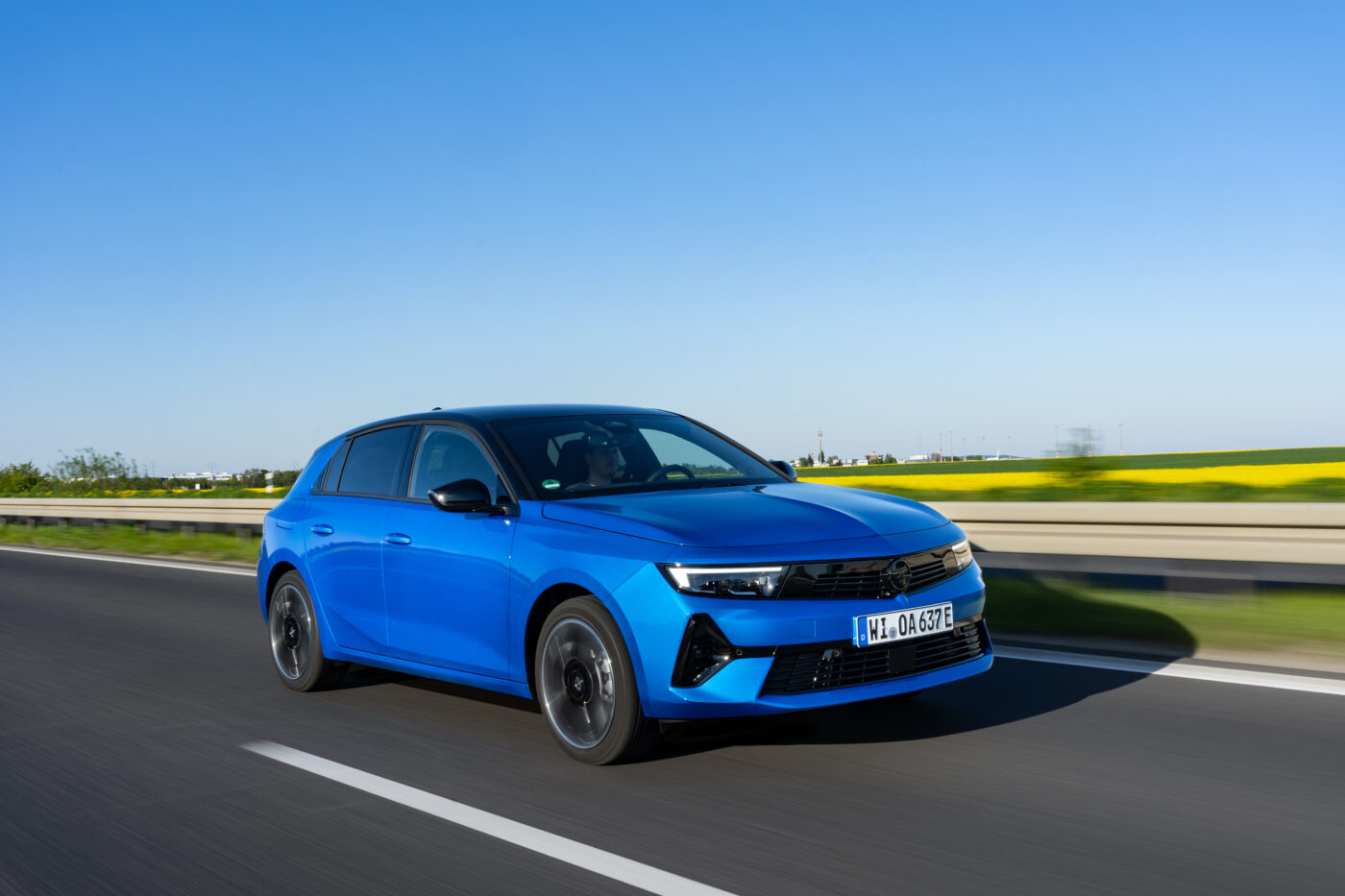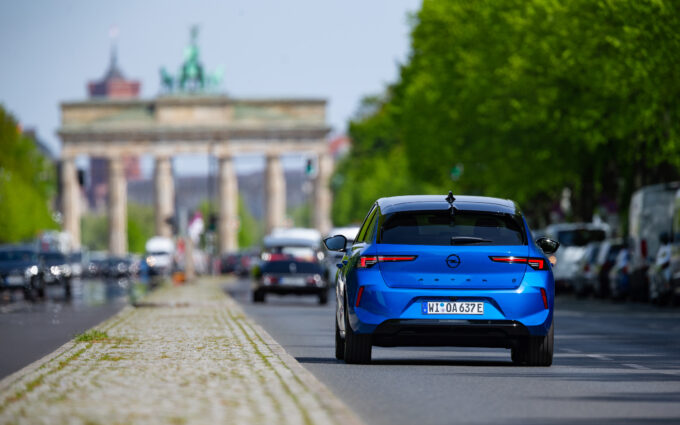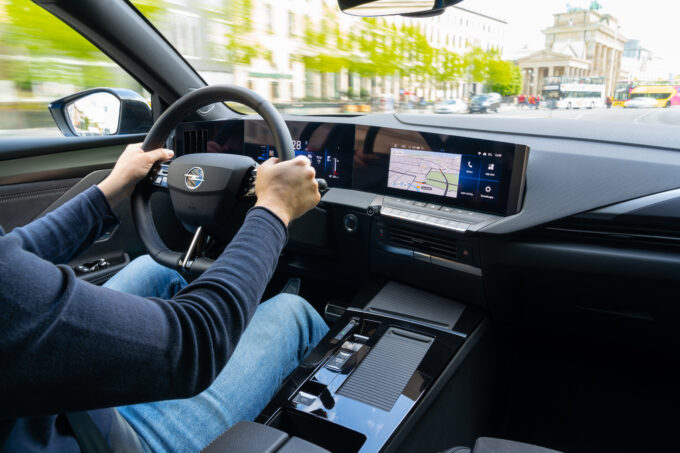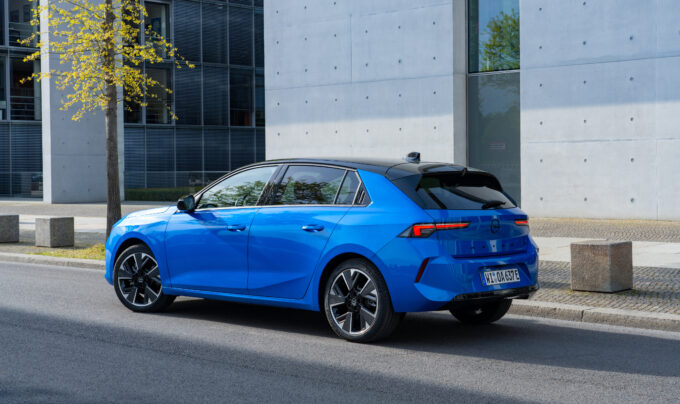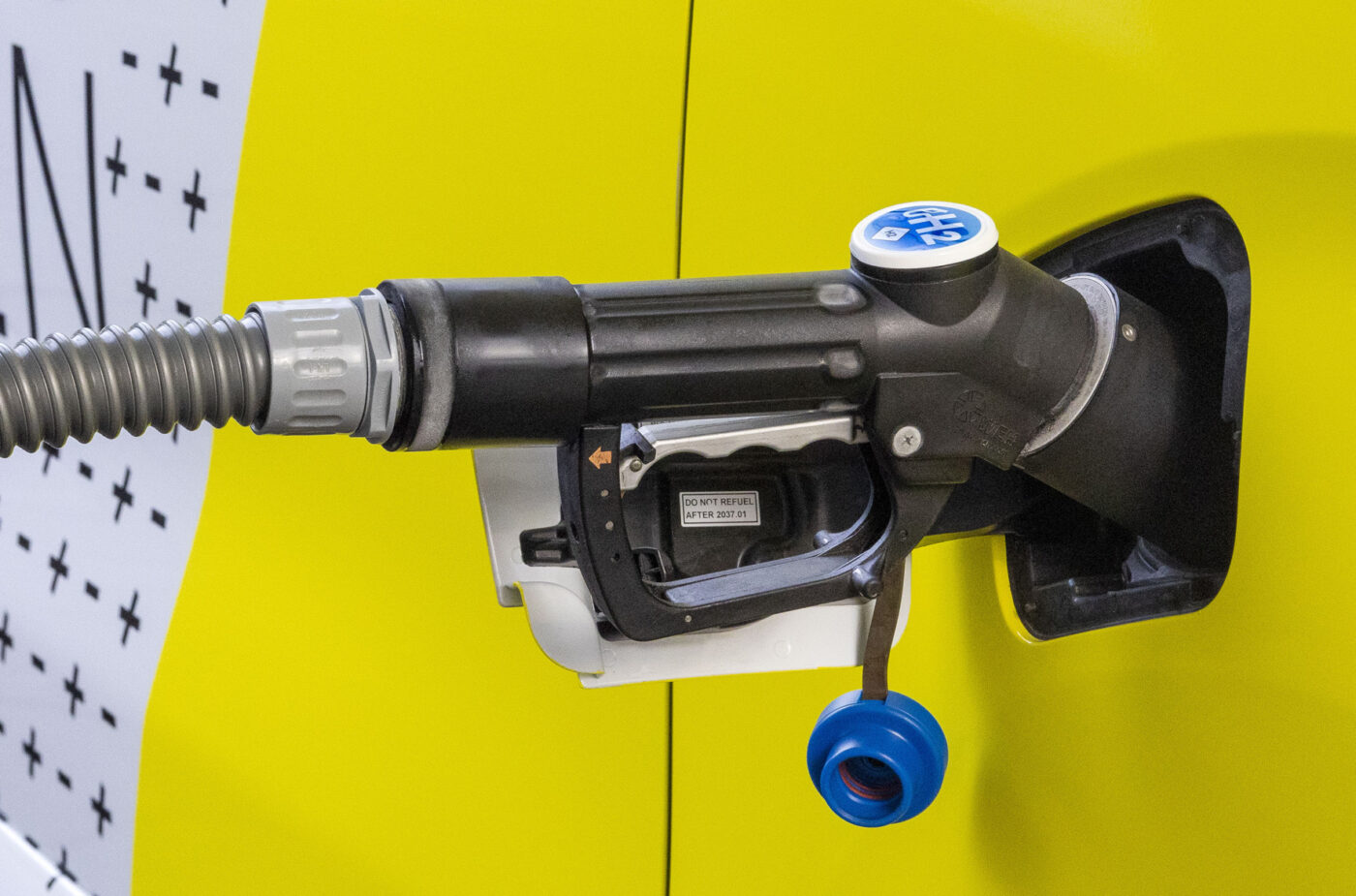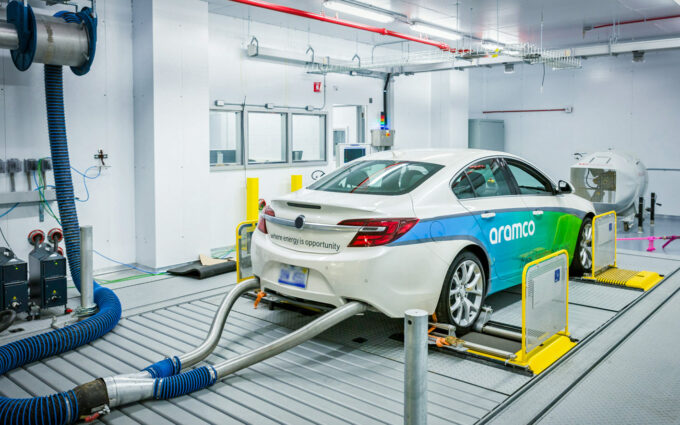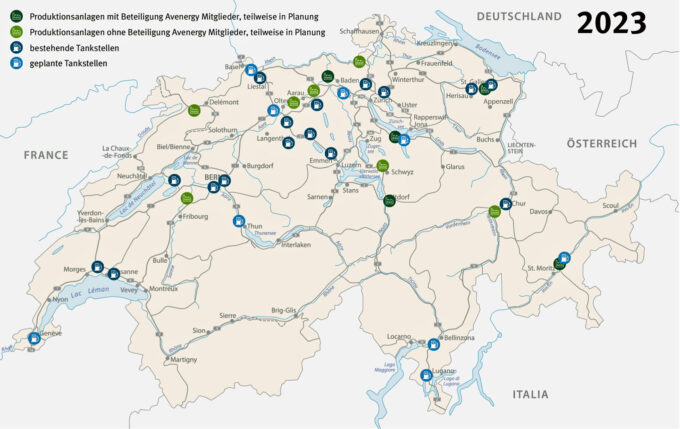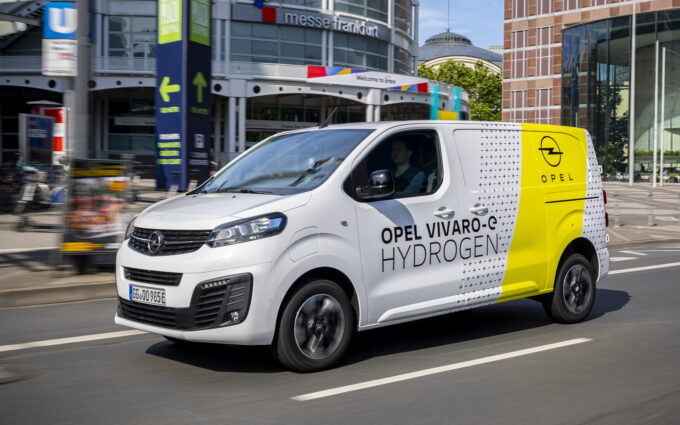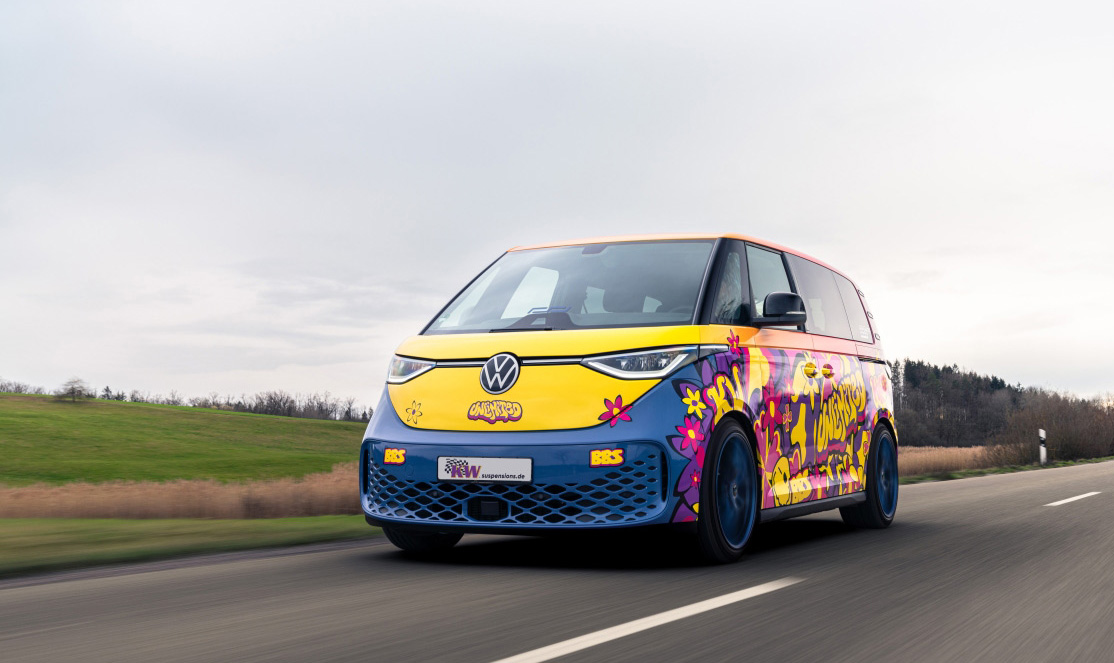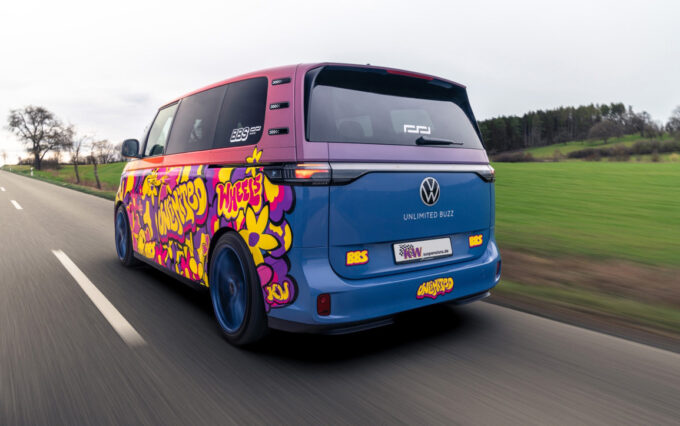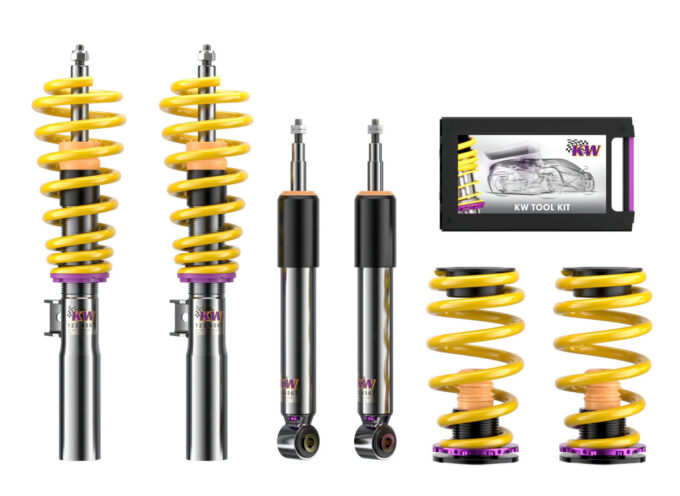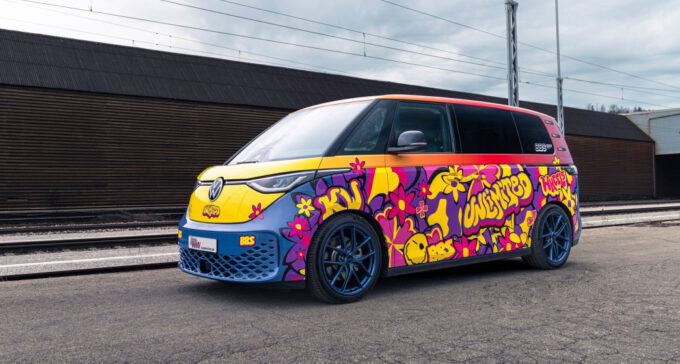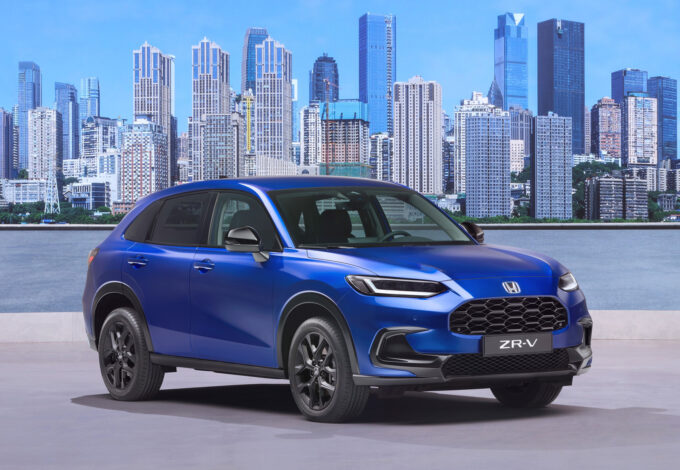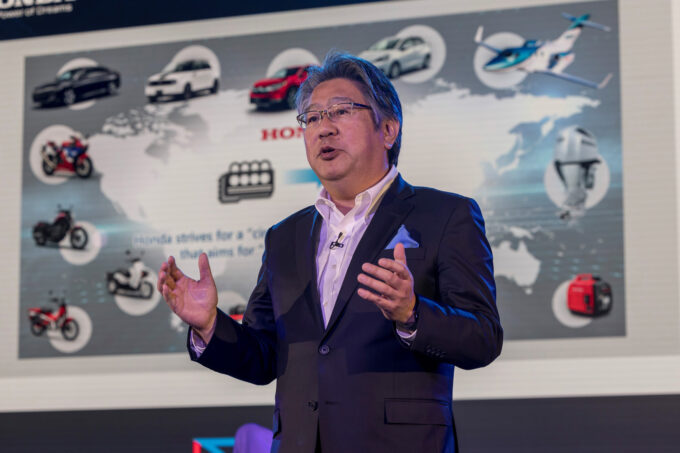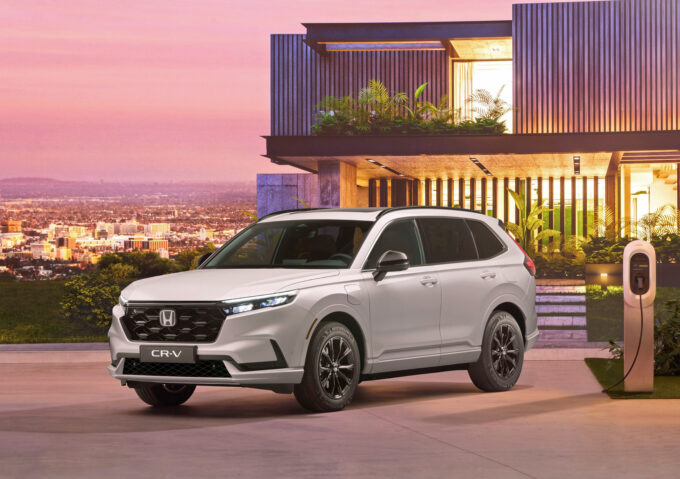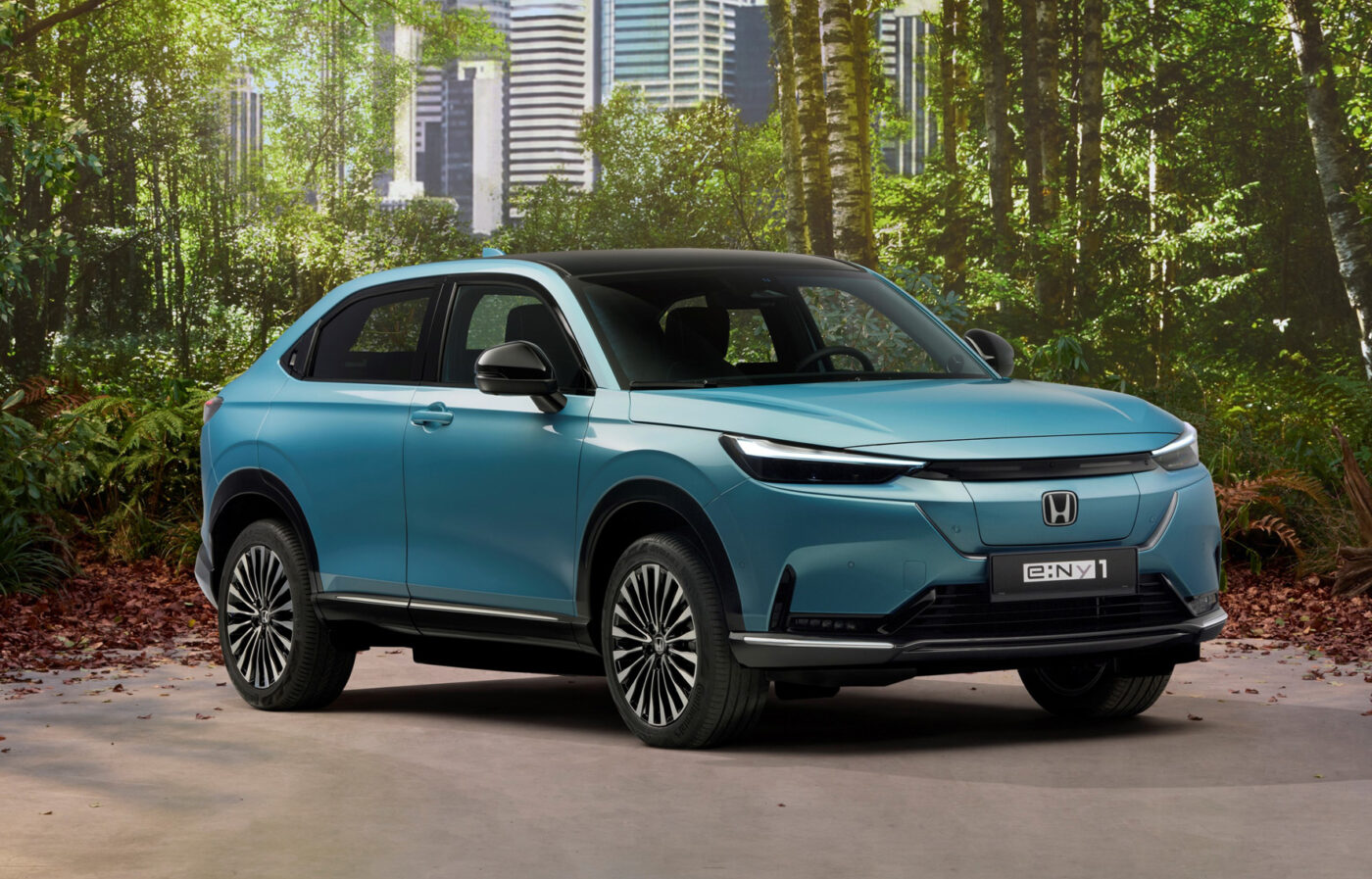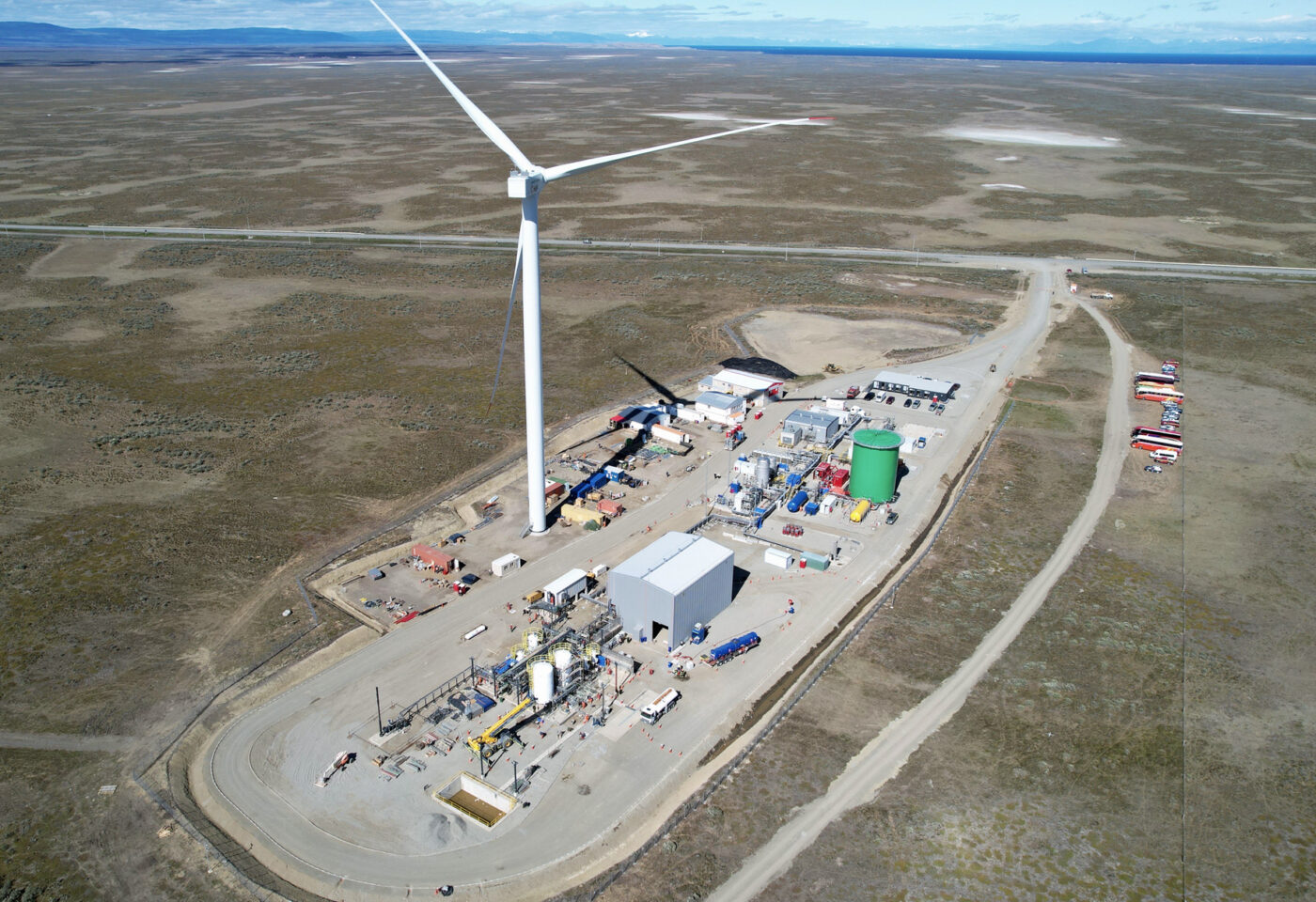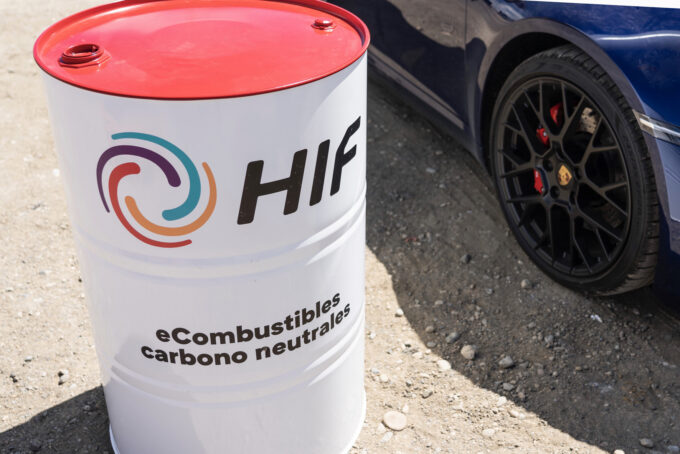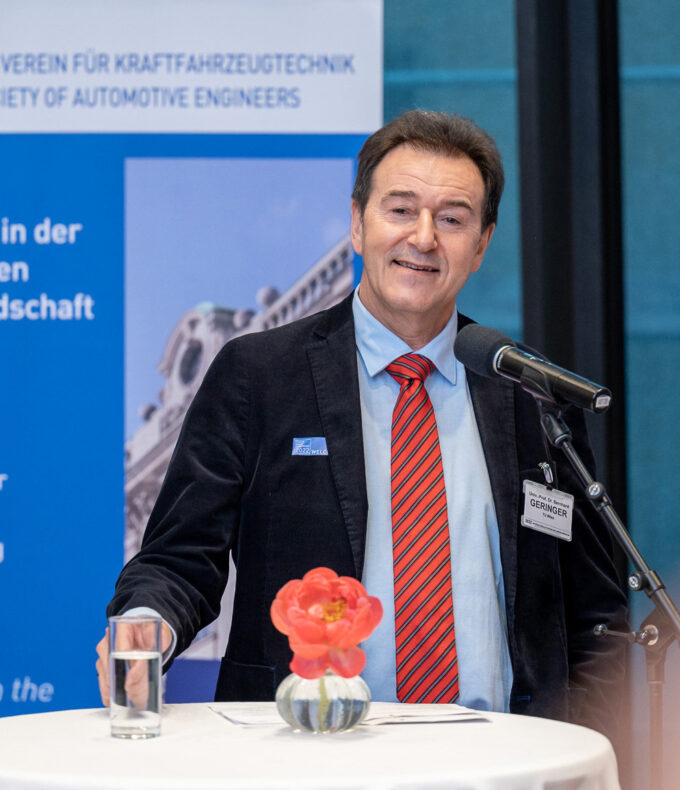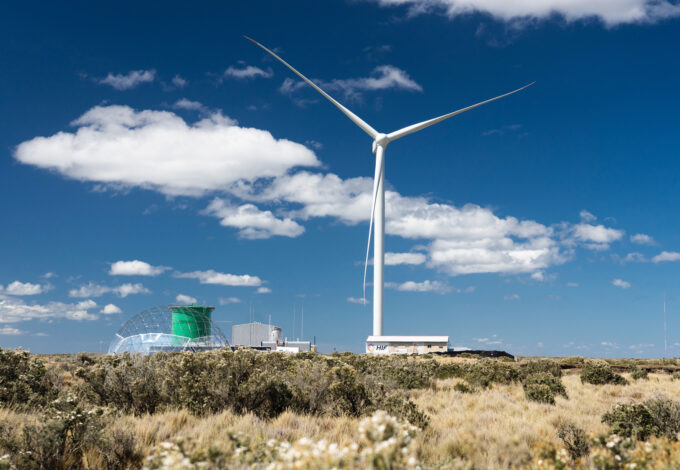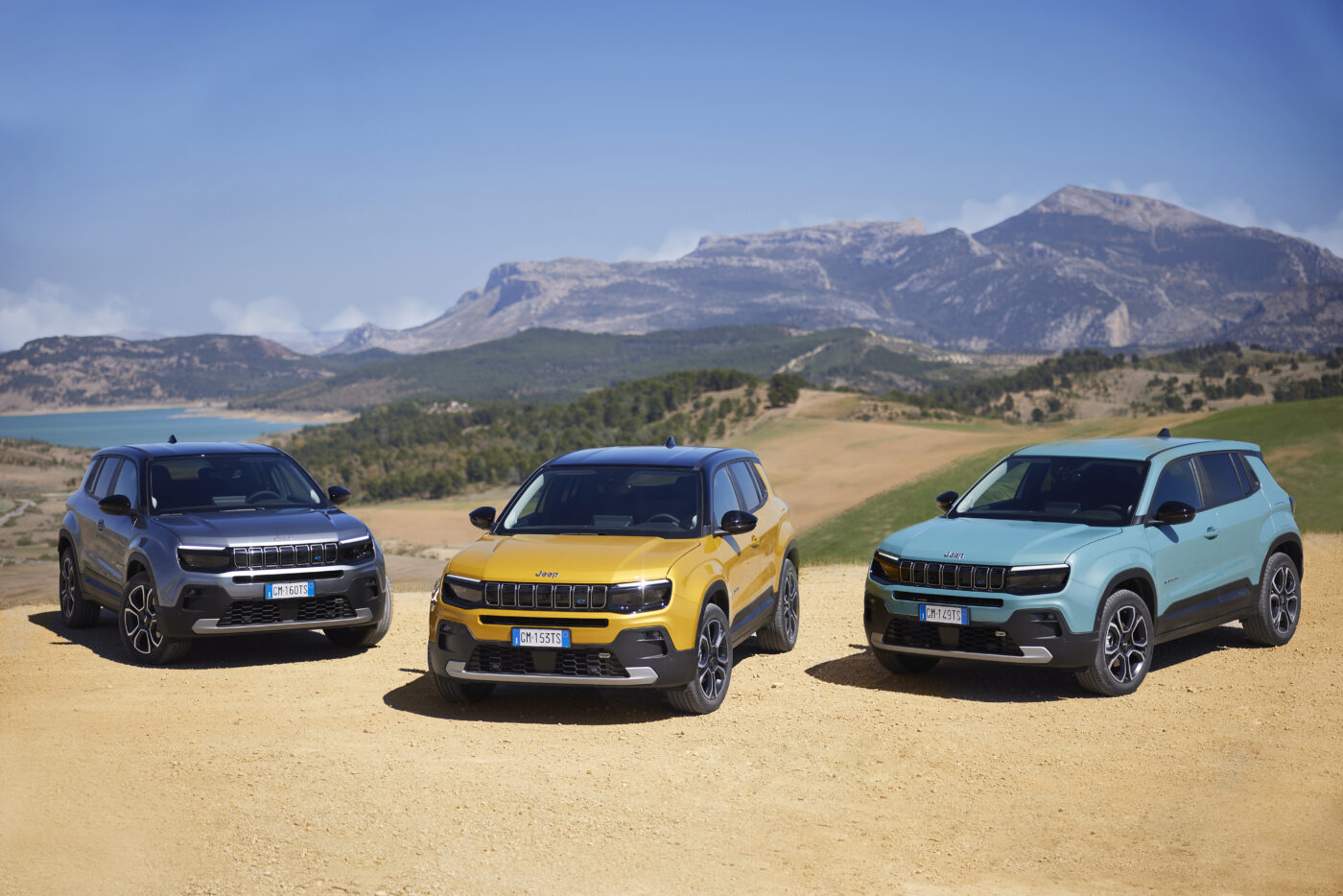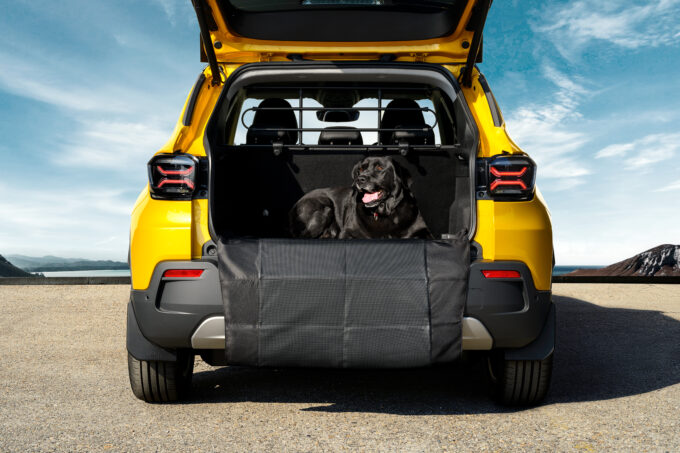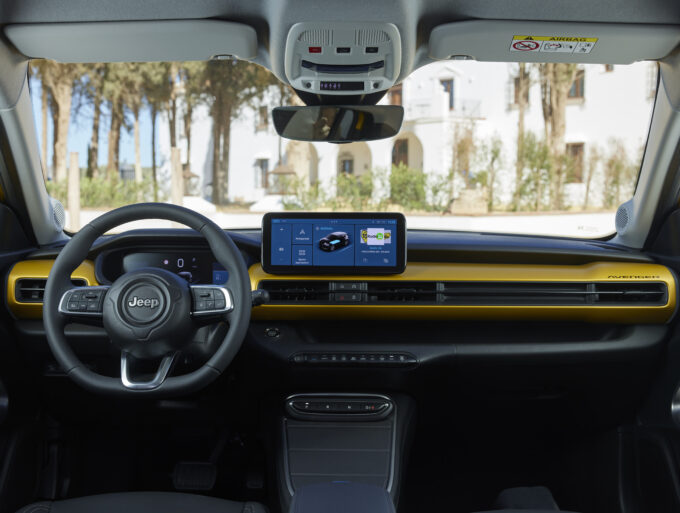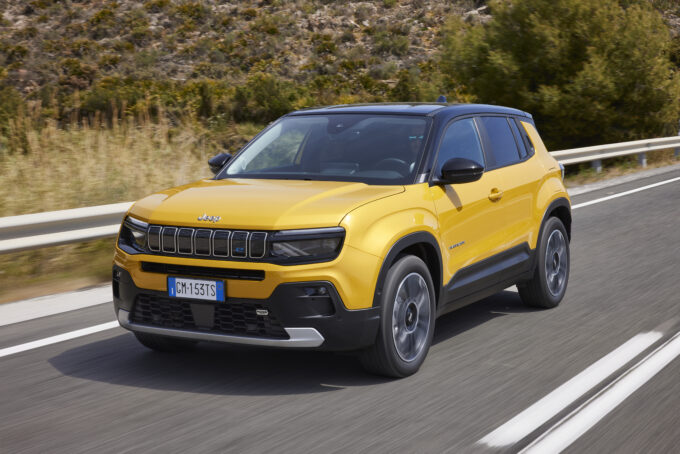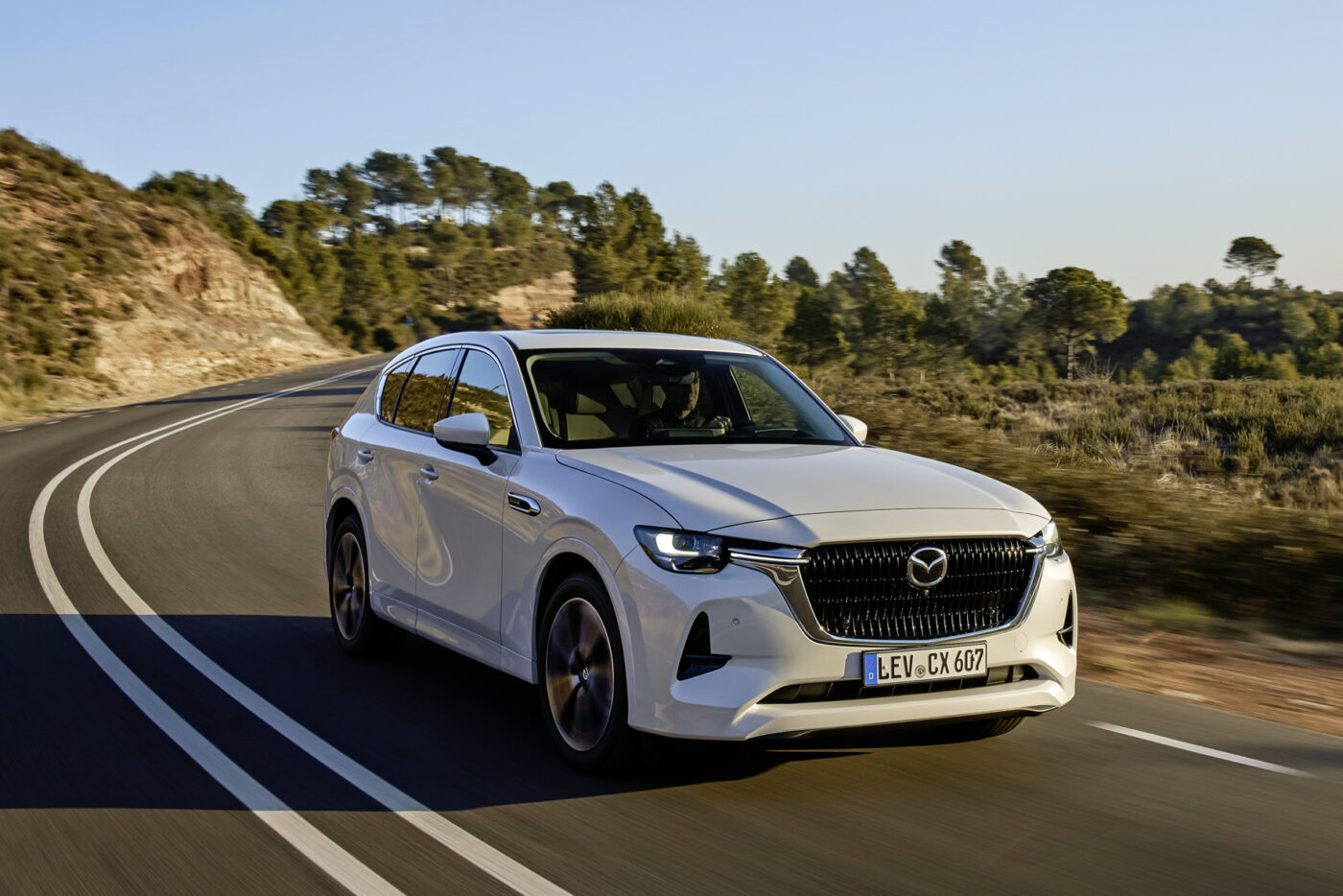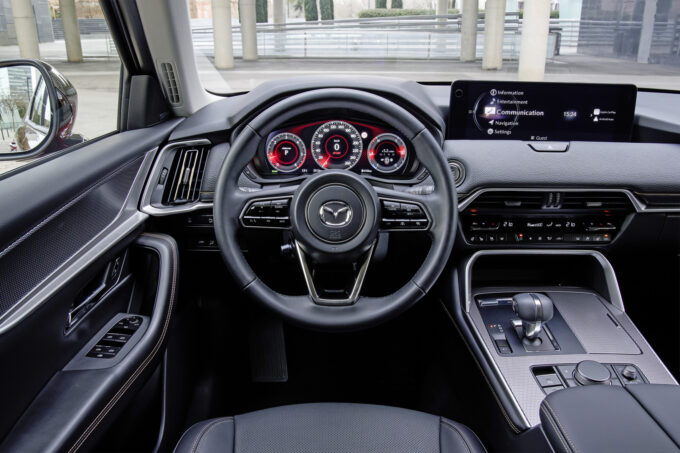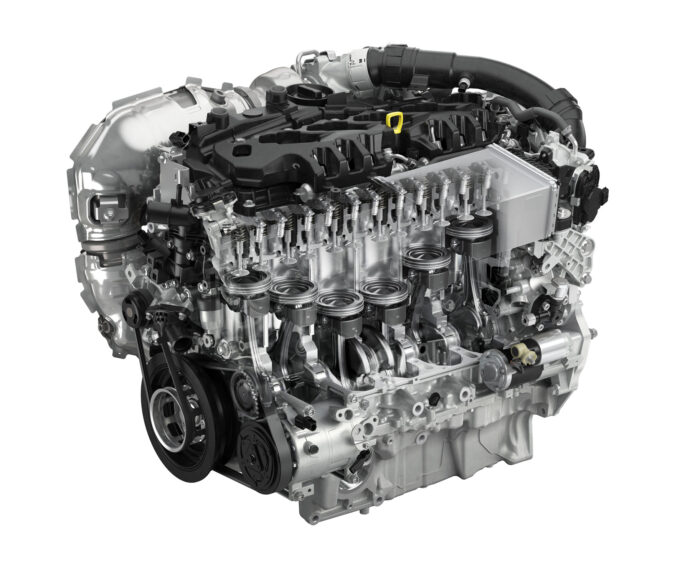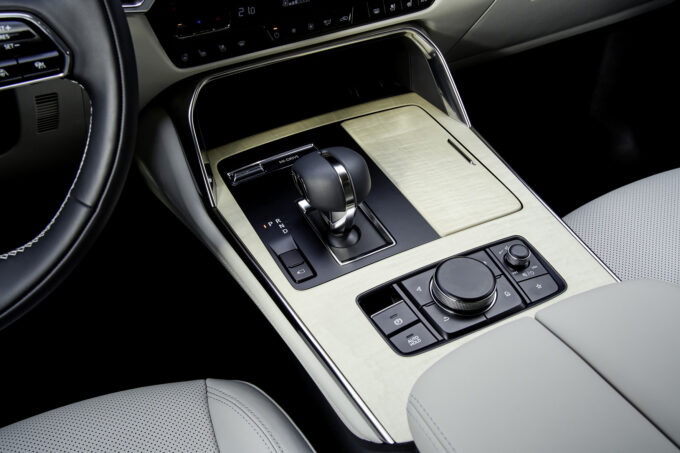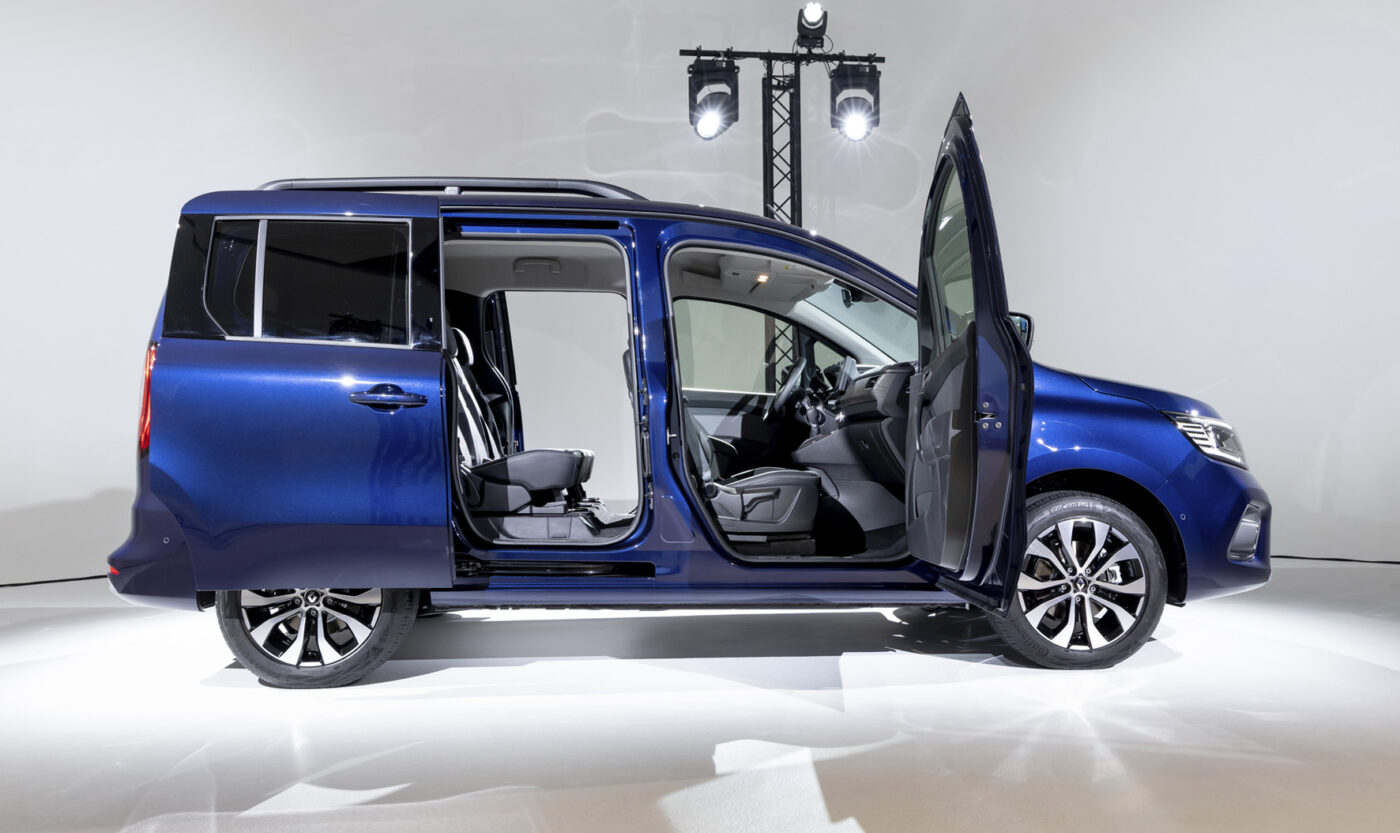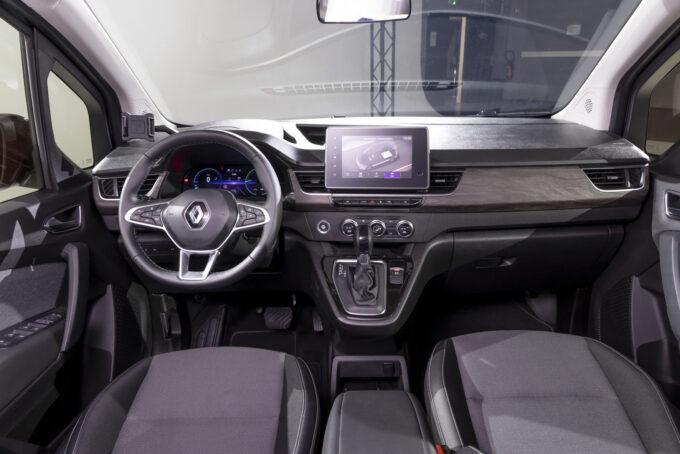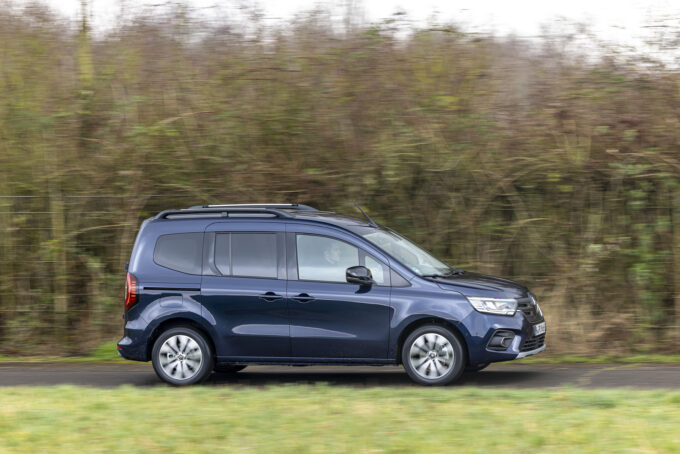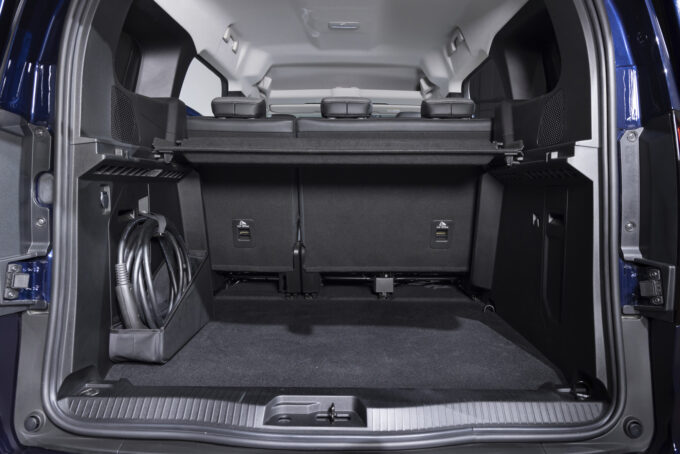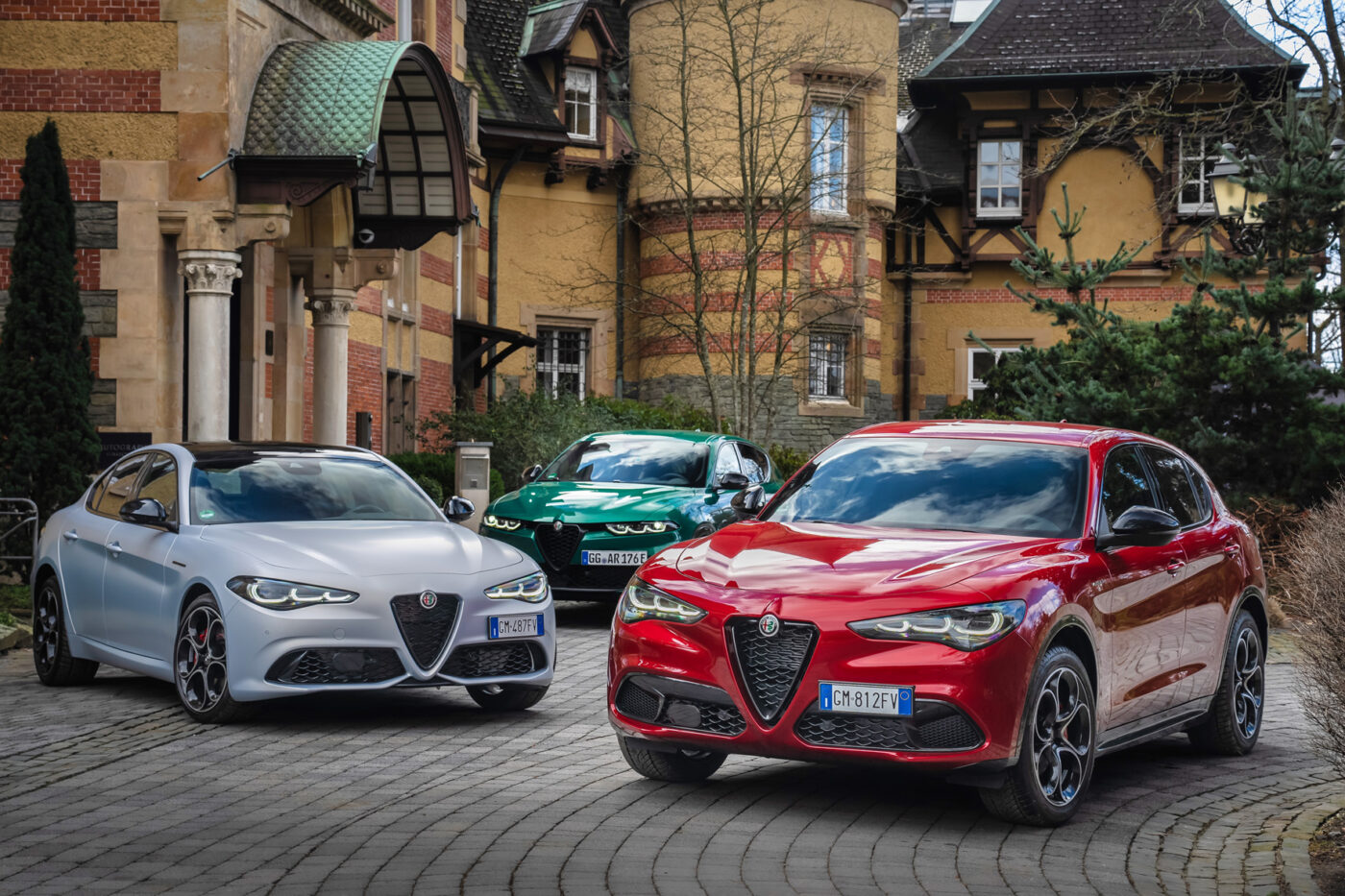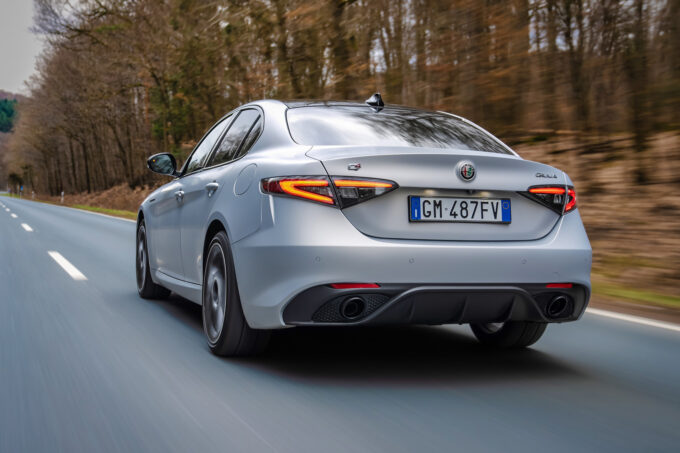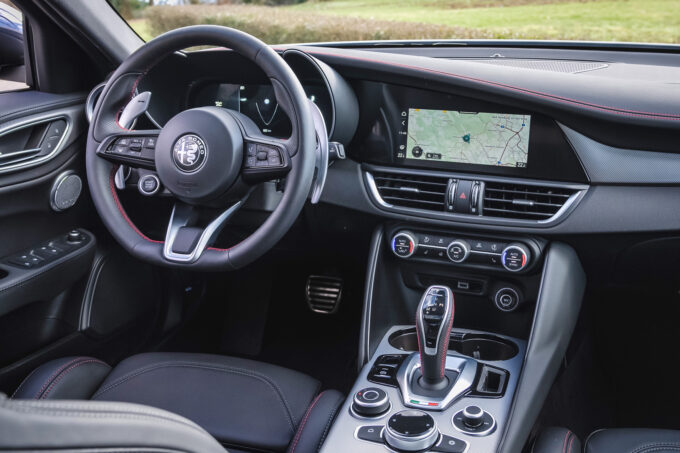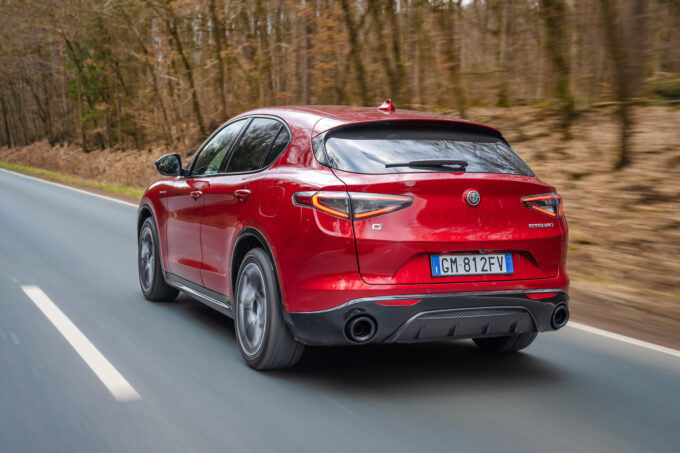Porsche: A treat for 911 purists 🎥
FAREWELL As the final chapter in the history of the 911 with pure combustion engine drive, Porsche presents the 911 S/T. With the 4-liter boxer engine of the GT3 RS, the lightweight is combined with a manual transmission.
Porsche has been setting standards for sports cars with the rear-engine 911 model since 1963. While the six-cylinder boxer engine of the first two-liter 911 produced 120 hp, the GT3 RS and GT3 Touring models now deliver 525 hp - still with the boxer concept and six cylinders, but with twice the displacement. For the 60th anniversary, the Stuttgart company has now prepared a particularly attractive variant: the S/T as the lightest and most purist 911 of the 992 generation. The carbon fiber doors and roof are first recognizable as new components. The discreetly integrated rear spoiler only moves at 120 km/h to leave the exterior unchanged for as long as possible.
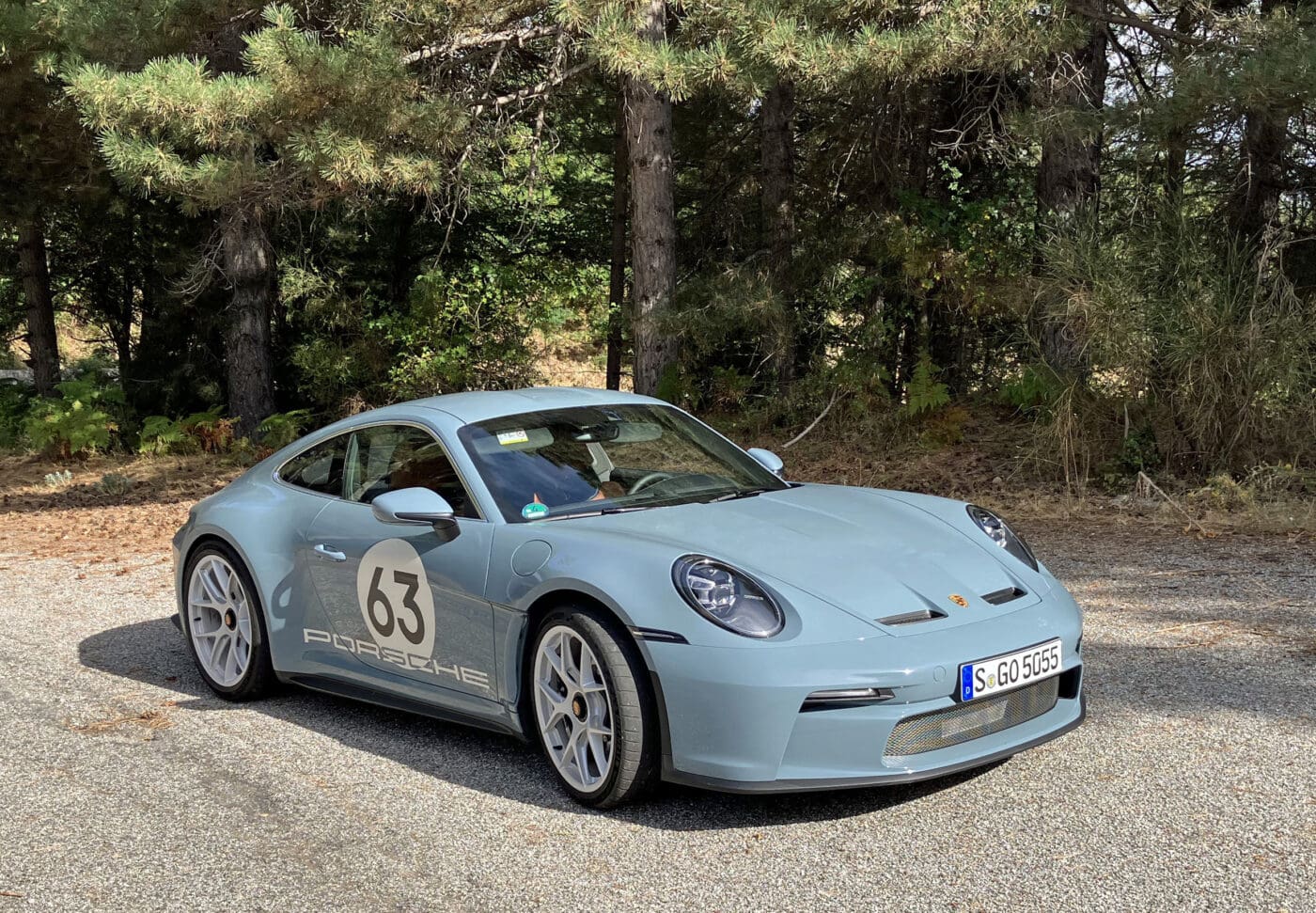
Master in the curves
Although the exclusive newcomer, which will only be produced 1963 times, has the engine of the GT3 RS, it needs slightly more time for the parade sprint to 100 km/h because it is not equipped with the PDK dual-clutch transmission but with a 6-speed manual gearbox. However, this is not a disadvantage for the sports car purist, because changing gears by hand is more fun and besides, the car will probably not be driven on the racetrack, but where its strengths provide particularly high adrenaline: on winding country roads. The gears are quick and easy to shift, and you quickly get used to the special lightweight clutch in conjunction with a single-mass flywheel. This weight saving makes the naturally aspirated boxer engine rev even more easily. Finally, the maximum torque of 465 Nm is only reached at 6300 rpm and the maximum output of 525 hp at 8500 rpm.
Weight of 1380 kilograms
The S/T can be driven razor-sharp and precisely through all kinds of curves at high speed. For the sake of weight, the rear-axle steering can be dispensed with, and there is no need for all-wheel drive either. A carbon-ceramic high-performance brake is fitted as standard to slow the car down - if necessary in an impressively violent manner. Because many carbon components are also used on the body, the 911 S/T weighs in at just 1380 kilograms. 20-inch magnesium wheels are fitted as standard at the front and 21-inch wheels at the rear.
Starting number and a watch
The car can be ordered now at a price starting at 366,000 Swiss francs. However, it is doubtful whether it will still be possible to get hold of one, as the dealers do not receive an unlimited number of vehicles - and the customers have probably already been determined. To underline the claim of purism and tradition, Porsche offers a Heritage Design package for the S/T at a price of 21,280 francs. This includes the new exterior color Shoreblue Metallic and the Ceramica wheel color, and a set of decorative foils and a start number can be applied to the doors on request. Also on offer for the exclusive clientele is the Chronograph 1 - 911 S/T, which ties in with the car in many design details and can be had for an additional 11,950 Swiss francs.








